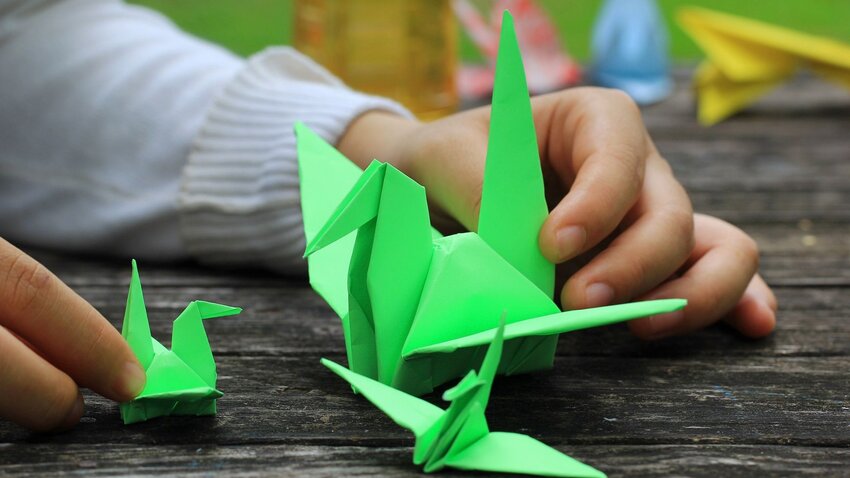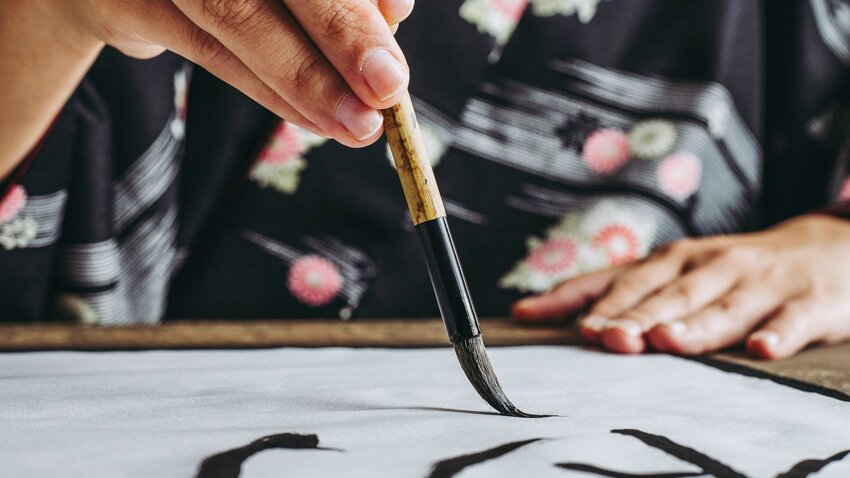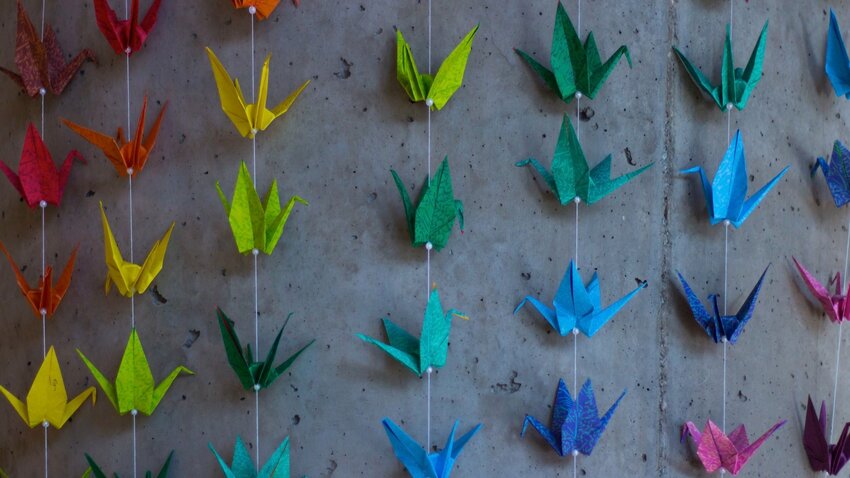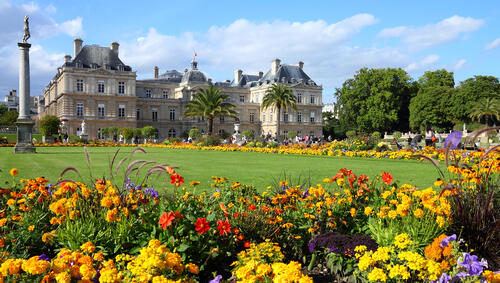Arts and crafts hold a special place in Japanese society. Beyond serving as a means of artistic expression, the methods and techniques provide a fascinating insight into what’s important in Japanese culture. Many of Japan’s native art forms have a global following. How well do you know your Japanese arts and crafts?
Origami

Origami became popular in Japan in the 20th century, though it gets a mention in a book published in 1797. One of the most common folded paper figures is the crane. The Japanese believe that this bird carries the soul to paradise after you die and that if you fold a thousand of them out of paper, any wish you make will be granted. Perhaps because of that, a young girl by the name of Sadako Sasaki set to work. Stricken by leukemia after the events of World War Two, she used origami as a distraction to help her cope with her terminal diagnosis.
The great joy of origami is in the variety of figures you can create from a single piece of paper. Though you can get started with a regular sheet of A4, it’s worth investing in some proper origami paper. It’s thinner, which makes some of the more fiddly folds are much easier to achieve. Take your time as you need to make sure each fold is perfectly executed and follow an online tutorial to help with the tricky parts. After that, the only limit is your imagination. From a simple butterfly or jumping frog to a more elaborate Yoda from Star Wars or even Batman, anything’s possible if you have the patience.
Kirikane Gold-Leafing
The Japanese technique called Kirikane is often referred to as gold-leafing, but actually, artisans can also use silver and platinum leaf. Originally, it was a Korean method of adornment used in Buddhist temples, but arrived in Japan during the Asuka period (538-710). It was common for a while, reaching its peak in the 11th century, but within a few hundred years it was a dying art. Much more recently, it has seen a resurgence in popularity and is used to decorate tea containers, incense containers, and card cases.
Traditionally, craftsmen heated up two or more sheets of the delicate gold leaf over hot charcoal, which thickened the material and made it stronger. It was then cut into fine strips using a bamboo knife; this was used as gold didn’t adhere to it easily. These would create patterns – diamonds, triangles and such. Finally, they stuck it to the object they were decorating with seaweed glue, known as funori, and a gelatin-based adhesive made from boiled animal hides called nikawa.
Shodō Calligraphy

Shodō translates as “way of writing,” and this ancient form of calligraphy is synonymous with Japan. It was adapted from Chinese calligraphy, but there are differences between the two. Shodō comprises a number of writing styles. These include tensho, a clear and bold form common in titles; sosho, often seen as bamboo inscriptions; and reisho, used in sign writing.
Modern Japanese calligraphy relies on several basic tools: a suitable brush, inkstick, inkstone, and mulberry paper. You add a little water to an inkstone and grind the inkstick against it, which mixes the ink and water to form a kind of paint. The brushes vary in size according to the text you intend to create, but most have bristles made with animal hair, usually from horses, sheep, or goats.
Ikebana Flower Arranging

The Japanese have practiced the art of Ikebana flower arranging for centuries. Typically, practitioners work in silence. In this meditative state, they can become at one with nature and find an inner peace. There are over 3,000 schools of Ikebana and distinct styles, each with its own rules. Beauty comes from shape, color, and textures, but it is as much an art of sculpture as it is flower arranging.
Each carefully placed bloom, stem, and leaf creates an arrangement whose meaning goes far beyond the aesthetic. In the Seika form of Ikebana, for instance, the angles you place your stems represent ten (heaven), chi (earth) and jin (man). Unopened buds sometimes represent hope and the number of flowers used is always an odd number, as the Japanese consider it lucky.
If you’re keen to try Ikebana for yourself, then the Moribana technique is well-suited to beginners. Broadly speaking, there are three components: shin, a longer stem; soe, a mid-length branch; and tai, a shorter flower. Choose seasonal flowers. Irises or birds of paradise make good shin components, while chrysanthemums and dahlias are perfect for soe. For a Moribana arrangement, you’ll also need a shallow pot, a flower frog called a kenzan to hold the stems in place and a decent pair of scissors.
Mokuhanga Woodblock Printing
Mokuhanga actually originated in China, but migrated to Japan in the 8th century where it was enthusiastically adopted and the technique perfected. It’s a method of water-based printing in which an artist carves an image into a block of wood, using a sharp blade called a gouge to cut away the part of the design that won’t be used. Those carved blocks are then used to print successive colors onto paper or fabric to create the finished image.
Originally, prints were monochrome, but later, the addition of other colors became more common. One of the most famous is The Great Wave Off Kanagawa by Hokusai. There are several techniques, including basic bokashi as well as the more complicated unmozuri, kinpakuzuri and ukashizuri methods. But if you want to cheat, you can buy carved wooden blocks ready-made and create your own Mokuhanga-inspired design.
Top photo by Soroush Zargar





